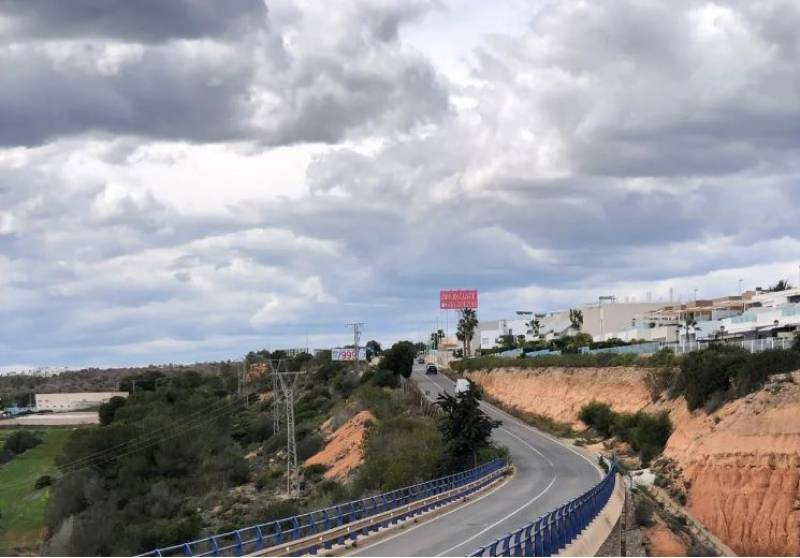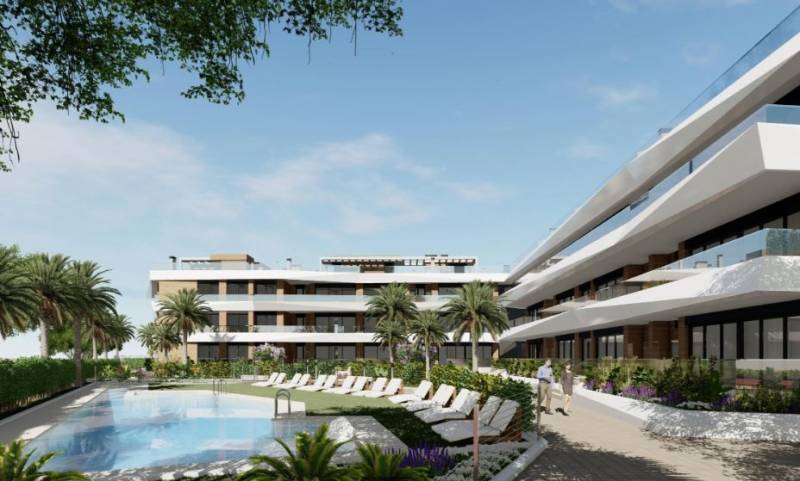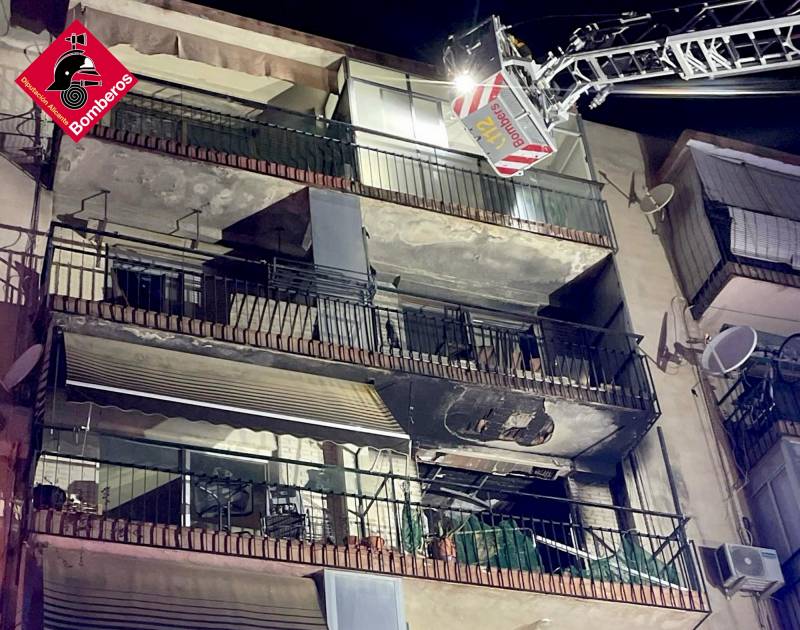- Region
- Águilas
- Alhama de Murcia
- Jumilla
- Lorca
- Los Alcázares
- Mazarrón
- San Javier
-
ALL AREAS & TOWNS
- AREAS
- SOUTH WEST
- MAR MENOR
- MURCIA CITY & CENTRAL
- NORTH & NORTH WEST
- TOWNS
- Abanilla
- Abarán
- Aguilas
- Alamillo
- Alcantarilla
- Aledo
- Alhama de Murcia
- Archena
- Balsicas
- Blanca
- Bolnuevo
- Bullas
- Cañadas del Romero
- Cabo de Palos
- Calasparra
- Camping Bolnuevo
- Campo De Ricote
- Camposol
- Canada De La Lena
- Caravaca de la Cruz
- Cartagena
- Cehegin
- Ceuti
- Cieza
- Condado de Alhama
- Corvera
- Costa Cálida
- Cuevas De Almanzora
- Cuevas de Reyllo
- El Carmoli
- El Mojon
- El Molino (Puerto Lumbreras)
- El Pareton / Cantareros
- El Raso
- El Valle Golf Resort
- Fortuna
- Fuente Alamo
- Hacienda del Alamo Golf Resort
- Hacienda Riquelme Golf Resort
- Isla Plana
- Islas Menores & Mar de Cristal
- Jumilla
- La Azohia
- La Charca
- La Manga Club
- La Manga del Mar Menor
- La Pinilla
- La Puebla
- La Torre
- La Torre Golf Resort
- La Unión
- Las Palas
- Las Ramblas
- Las Ramblas Golf
- Las Torres de Cotillas
- Leiva
- Librilla
- Lo Pagan
- Lo Santiago
- Lorca
- Lorquí
- Los Alcázares
- Los Balcones
- Los Belones
- Los Canovas
- Los Nietos
- Los Perez (Tallante)
- Los Urrutias
- Los Ventorrillos
- Mar De Cristal
- Mar Menor
- Mar Menor Golf Resort
- Mazarrón
- Mazarrón Country Club
- Molina de Segura
- Moratalla
- Mula
- Murcia City
- Murcia Property
- Pareton
- Peraleja Golf Resort
- Perin
- Pilar de la Horadada
- Pinar de Campoverde
- Pinoso
- Playa Honda
- Playa Honda / Playa Paraíso
- Pliego
- Portmán
- Pozo Estrecho
- Puerto de Mazarrón
- Puerto Lumbreras
- Puntas De Calnegre
- Region of Murcia
- Ricote
- Roda Golf Resort
- Roldan
- Roldan and Lo Ferro
- San Javier
- San Pedro del Pinatar
- Santiago de la Ribera
- Sierra Espuña
- Sucina
- Tallante
- Terrazas de la Torre Golf Resort
- Torre Pacheco
- Totana
- What's On Weekly Bulletin
- Yecla


- EDITIONS:
 Spanish News Today
Spanish News Today
 Alicante Today
Alicante Today
 Andalucia Today
Andalucia Today
Real Monasterio e Iglesia de la Visitación de Santa María, Orihuela
The Royal Monastery and church of the Visitation, Orihuela, Salesas Nuns
This is the home of the order of the Salesas nuns, or to give them their full title, the Orden de la Visitación de 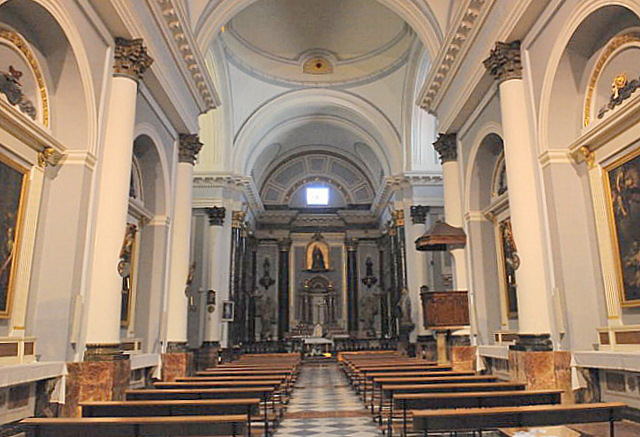 Santa María, V.S.M. or Orden de la Visitación de Nuestra Señora (en latin Ordo Visitationis Beatissimae Mariae Virginis).
Santa María, V.S.M. or Orden de la Visitación de Nuestra Señora (en latin Ordo Visitationis Beatissimae Mariae Virginis).
This is a particularly austere order, the nuns entering this order accepting a life of poverty dedicated to God: even today these nuns sleep on the floor and won´t even accept the comfort of a bed. The order was founded by Francisco de Sales (1567-1622), Bishop of Geneva, exiled to Annecy, and his pupil, the baroness Jeanne-Françoise Frémiot de Chantal (1572-1641).
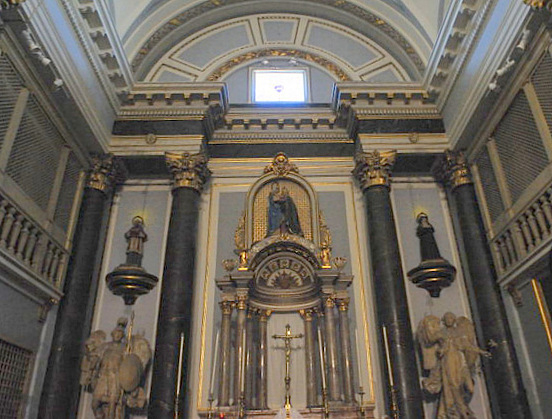 The Monastery itself is a simple and austere building, constructed with a great deal of marble in its interior, yet manages to combine an air of grandeur and austerity through the use of grey décor and elegant palladian columns.
The Monastery itself is a simple and austere building, constructed with a great deal of marble in its interior, yet manages to combine an air of grandeur and austerity through the use of grey décor and elegant palladian columns.
This Monastery is unique in its styling and structure within the municipality and owes its subdued grandeur to the Royal patronage of Prince Carlos María Isidro de Borbón and his wife, María Francisca de Asís de Braganza y Borbón, who founded the Monastery in 1825, working in close collaboration with the Bishop of Orhuela, Félix Herrero Valverde.
This Royal patronage is due to the support given to Carlos during what became known as the Carlist Wars, a series of rebellions sparked by the decision of his brother, King Ferdinand VII, to include female issue in the 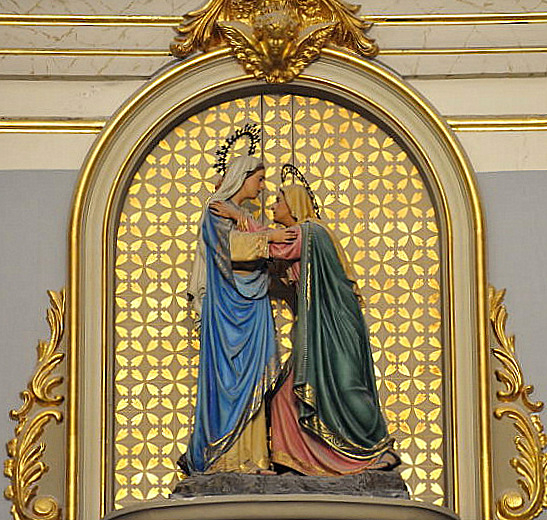 line of succession. Ferdinand himself had been King of Spain twice, a reign interrupted by Napoleon, who had placed his own brother on the throne of Spain for a period during which Ferdinand was imprisoned in France, but had failed to produce male heirs, leaving behind two daughters after four marriages.
line of succession. Ferdinand himself had been King of Spain twice, a reign interrupted by Napoleon, who had placed his own brother on the throne of Spain for a period during which Ferdinand was imprisoned in France, but had failed to produce male heirs, leaving behind two daughters after four marriages.
This lead to a situation of conflict, as Carlos believed in his right to take the throne after his brother, although the law now decreed it should go to the daughter of Fernando, Isabella, just 3 when her father died. Carlos refused to challenge his brother while he remained King, although participated in the plots and power struggles which developed in the latter years of his brother’s reign, supported by the Catholic Church, who maintained the position that the succession should pass through the male line. After his brother’s death Carlos declared himself King Carlos V, but failed to take the throne from those who supported the infant Princess Isabella. This struggle for the succession co-incided with civil movements demanding greater power 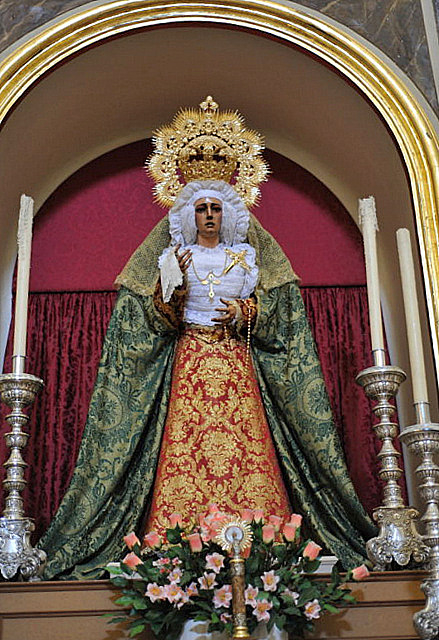 for constitutional rule, a period of great turbulence and instability within Spain which culminated in major rebellion in the 1860’s. ( see History of Orihuela)
for constitutional rule, a period of great turbulence and instability within Spain which culminated in major rebellion in the 1860’s. ( see History of Orihuela)
The Monastery was built under the technical direction of fray Antonio de Benimasot, on a site formerly occupied by the Jesuits. In 1569 a school had been founded here by the Jesuits, a religious order who based their foundation on the principle of teaching and imparting religious education, but who grew too rich and powerful to be ignored and become embroiled in political machinations which resulted in their expulsion from Spain in 1767, and the subsequent confiscation of all their property and accumulated wealth.
After this, classes were given to children in the building which formerly existed on the spot until it was demolished to make way for the new structure, formally consecrated in 1832.
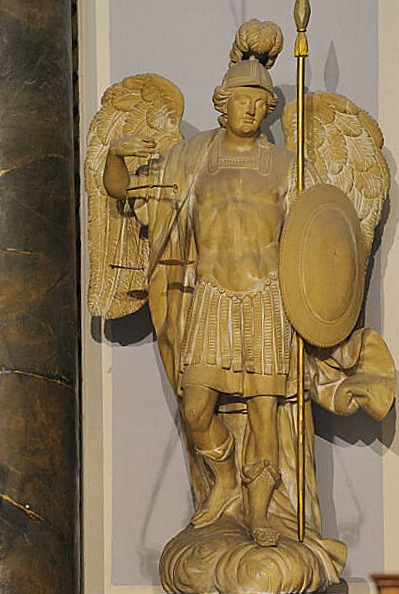 In 1837 the community living in the monastery were transferred to Madrid and the building seized by the government as part of the political convulsions of this era which resulted in the properties of all religious orders being taken by the state and sold off to private individuals. By 1844, the political situation had once again changed, and don Matías Sorzano Najera bought the building and donated it to the order of the Salesas nuns, under whose control it has remained ever since.
In 1837 the community living in the monastery were transferred to Madrid and the building seized by the government as part of the political convulsions of this era which resulted in the properties of all religious orders being taken by the state and sold off to private individuals. By 1844, the political situation had once again changed, and don Matías Sorzano Najera bought the building and donated it to the order of the Salesas nuns, under whose control it has remained ever since.
The monastery itself covers an area of 5.800 m² and includes a number of buildings, with central courtyard and garden areas.
The Iglesia de la Visitación is the main church within the monastery structure, although there are a number of small chapels within the monastery which are never seen by the general public, and was built in neoclassical 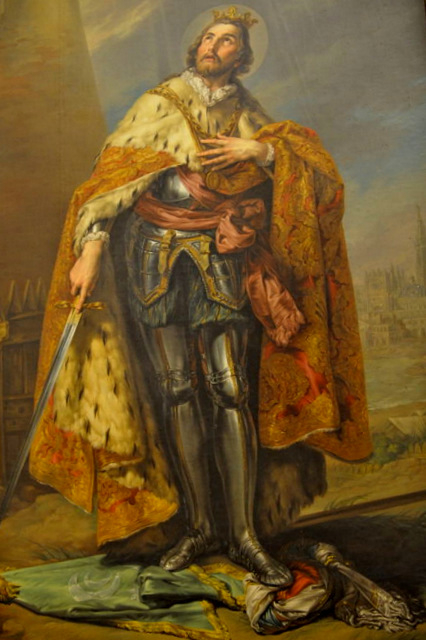 style, as a simple latin cross structure and single nave, subdivided into four continuous sections with side chapels set into the walls as slight depressions. The whole is harmonised via a series of paladian columns and connected via cornicing which runs around the upper level of the building, crowned with a barrel vault roof, complete with lunettes ( half arch shaped spaces) and arches.
style, as a simple latin cross structure and single nave, subdivided into four continuous sections with side chapels set into the walls as slight depressions. The whole is harmonised via a series of paladian columns and connected via cornicing which runs around the upper level of the building, crowned with a barrel vault roof, complete with lunettes ( half arch shaped spaces) and arches.
Each of the side chapels contain red marble altars, and hold canvases painted by artist Vicente López Portañana, themselves framed with fluted pilasters, crowned with golden cherubim and a cornice, decorated with floral decoration including symbology relating to the image of the saints depicted below. Of these, the most important is that of Carlos himself, represented as one of the saints.
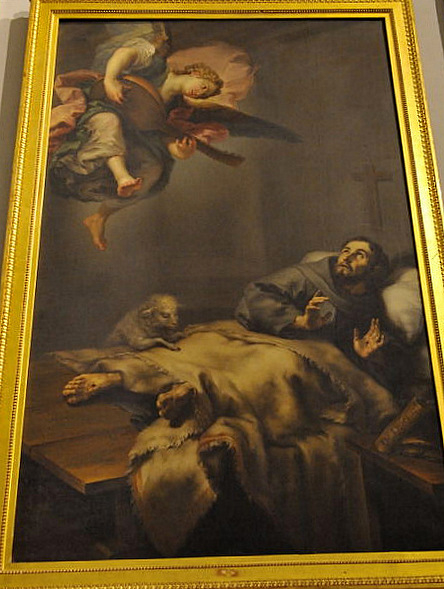 Other important artworks include the two images of the archangels San Miguel and San Rafael which flank the main alter, sculpted by Santiago Baglieto, and there are also figures of Santa Clara and San Francisco de Sales by José María Sánchez Lozano (1904-1995) which replaced works destroyed during the Civil War.
Other important artworks include the two images of the archangels San Miguel and San Rafael which flank the main alter, sculpted by Santiago Baglieto, and there are also figures of Santa Clara and San Francisco de Sales by José María Sánchez Lozano (1904-1995) which replaced works destroyed during the Civil War.
There is also a 19th century organ made by master organ maker Rogel, from Orihuela, which was originally made for the Iglesia de la Merced, but which was ceded to the Iglesia de la Visitación in 1985.
The building has been classified as being of special cultural interest, Bien de Interés Cultura (BIC)
Monasterio e Iglesia de la Visitación de Santa María
Plaza de las Salesas, 1.
Click for map, Plaza de las Salesas, 1









